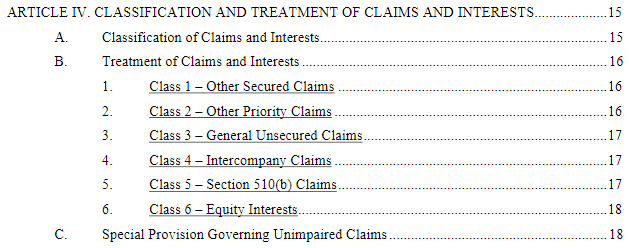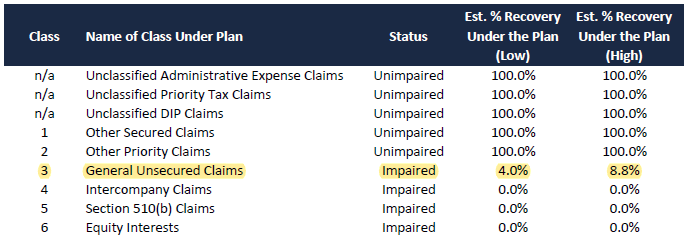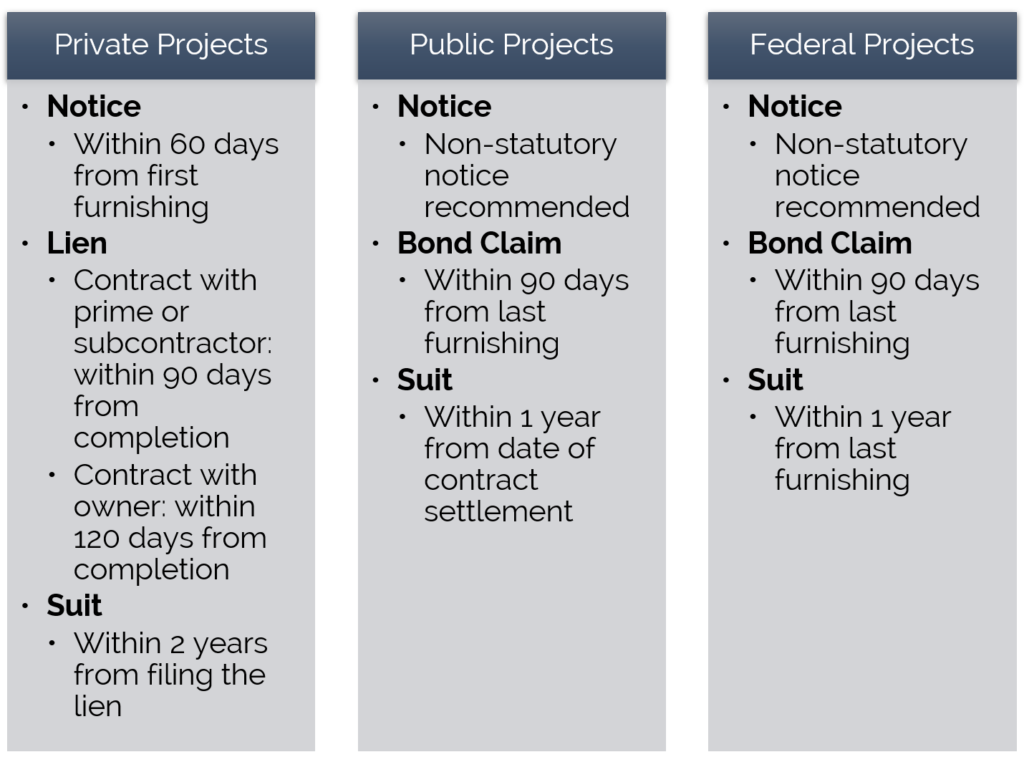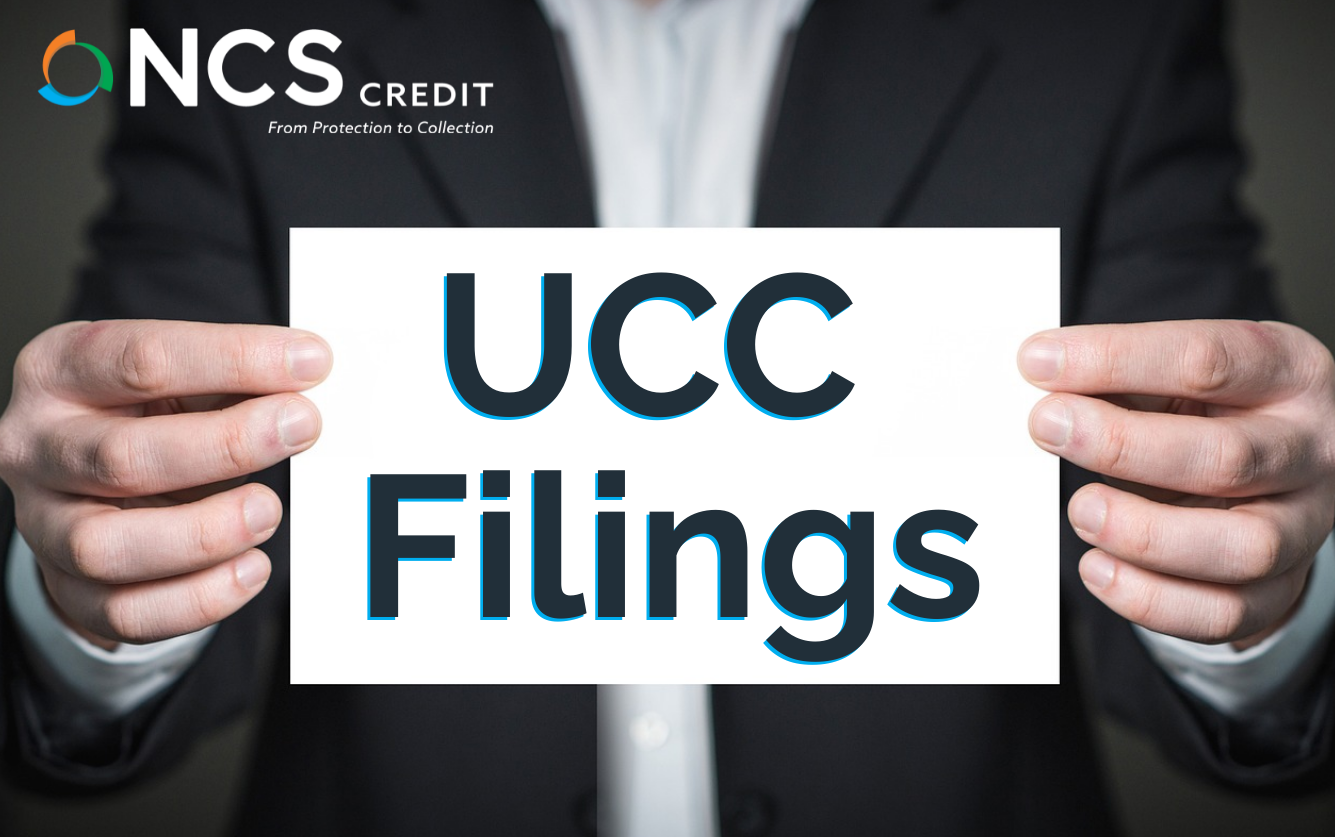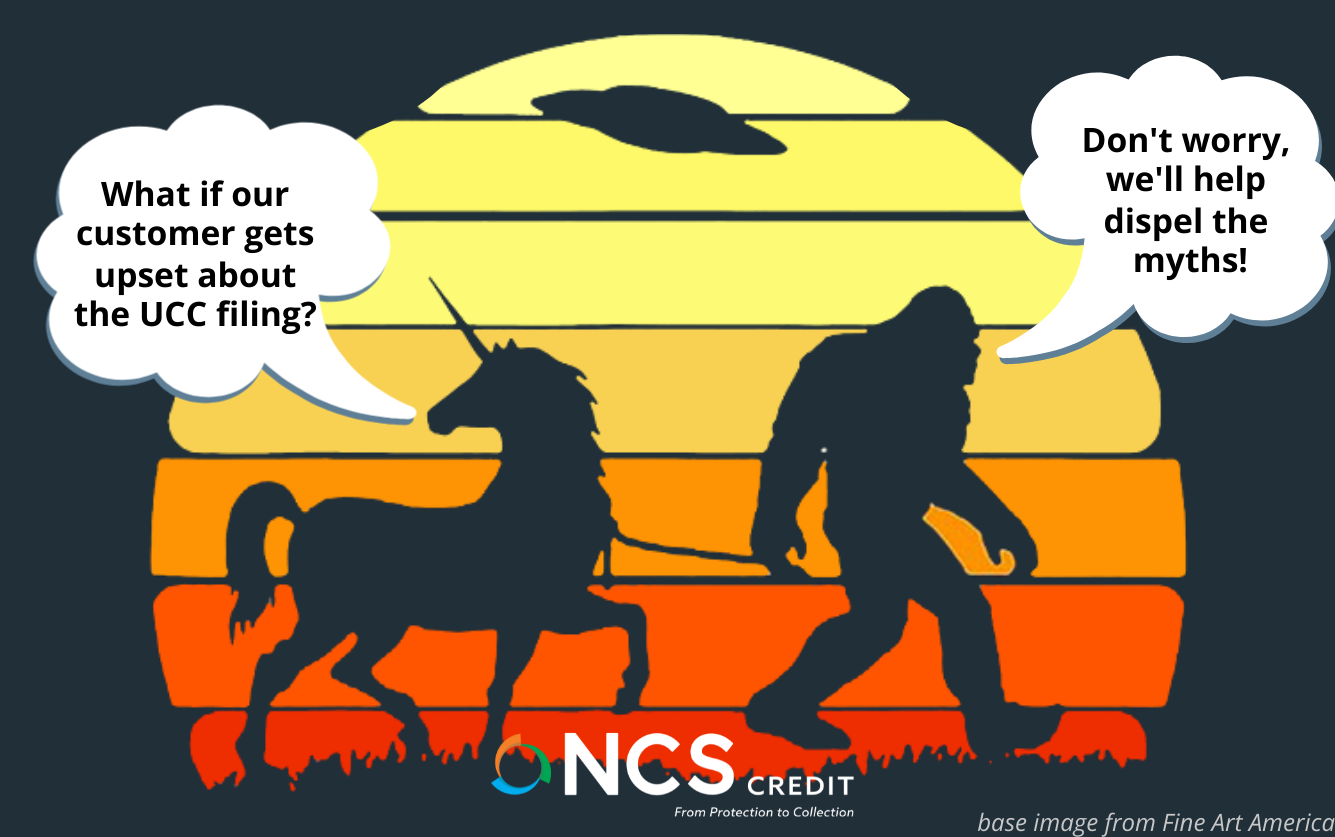
Don’t Make These Top 5 Rookie Mistakes with Your UCC Security Agreement
The accuracy of your Security Agreement can make or break your properly perfected security interest. Compliance with Article 9 of the Uniform Commercial Code must be precise. Don’t fall victim to these rookie Security Agreement mistakes.
Note, today’s post focuses on the Security Agreement, but typically the information within the Security Agreement is the information that appears on the Financing Statement – at least it should be. It’s imperative for both the Security Agreement and the Financing Statement to be compliant.
Rookie Mistake #1: Getting the Debtor’s Name Wrong
I’m going to spend a bit more time on this mistake because it is, without question, the number one mistake made by secured parties: incorrectly identifying the debtor. UCC Article 9-503 specifically states if the debtor is a registered organization, the debtor’s name must be identified as it appears on the public organic record.
“…[i]f the debtor is a registered organization… the financing statement provides the name that is stated to be the registered organization’s name on the public organic record of most recently filed with or issued or enacted by the registered organization’s jurisdiction of organization…”
This means, list your customer’s name EXACTLY as it appears on the public organic record. If you pull Articles of Incorporation, and your customer’s name ends in “Incorporated” instead of “Inc.” then spell out Incorporated. Technically, Inc. is a noise word, but in one current case, the security interest was unperfected because of errors in the noise word. Be wary of spaces, punctuation and noise words – these seemingly small nuances are causing big problems for secured parties.
If the debtor is an individual, creditors must first look to the state’s legislation to determine whether to follow “Alternative A” or “Alternative B.” Most states enacted Alternative A, which states the debtor’s name should be listed exactly as it appears on the unexpired driver’s license.
Alternative A: if the debtor holds an unexpired driver’s license, the Financing Statement must list the debtor’s name as it appears on the unexpired driver’s license. (If the debtor does not have a driver’s license, the Financing Statement should list the “individual name” of the debtor or the debtor’s surname and first personal name.)
Alternative B: the debtor’s driver’s license name, the debtor’s actual name or the debtor’s surname and first personal name may be used on the Financing Statement.
Most recently we have reviewed several cases in which a seemingly tiny mistake has left a creditor’s security interest unperfected. Don’t get caught in the complacency trap!
Popular question “What should I do if my customer’s name changes?” Article 9 – 507(c) provides a 4-month window to amend a filing for a debtor name change that may be considered “seriously misleading.” If the change in your customer’s name makes the filed Financing Statement “seriously misleading,” UCC Section 9-507(c) states the Financing Statement will only be effective for collateral acquired prior to the name change or within four months following the change.
As a best practice, we recommend amending your UCC filing if your customer’s name changes. There may be situations where an amendment is not “required,” but it’s a risk to not amend. If you are unsure whether you want to amend your filing, I would recommend you determine whether the name change renders your filing as seriously misleading.
Rookie Mistake #2: Failing to Include the Granting Clause
Security interests under Article 9 are consensual. This means your customer must agree to grant you rights to the collateral. If your Security Agreement does not include a granting clause, it isn’t a Security Agreement. The granting clause does not need to be fancy, embellished with extraneous words or phrases.
Here’s an example of a granting clause “In consideration for the extension of credit, Debtor hereby grants a security interest in and assigns to the Secured Party the Collateral described in paragraph II below to secure payment and performance of all debts, liabilities and obligations of Debtor of any kind whenever and however incurred to Secured Party.”
Rookie Mistake #3: Not Clearly Identifying Collateral
Crafting a clear collateral description that isn’t too specific or too vague can be challenging. Article 9 clearly states a “supergeneric” description is insufficient. In other words, to simply identify the collateral as “all the debtor’s assets” or “all the debtor’s personal property” is unreasonable. OK, so what is reasonable? Article 9-108(b) provides the following “examples of reasonable identification”
Except as otherwise provided in subsection (d), a description of collateral reasonably identifies the collateral if it identifies the collateral by:
(1) specific listing;
(2) category;
(3) except as otherwise provided in subsection (e), a type of collateral defined in [the Uniform Commercial Code];
(4) quantity;
(5) computational or allocational formula or procedure; or
(6) except as otherwise provided in subsection (c), any other method, if the identity of the collateral is objectively determinable.
You can review some of our posts on collateral here.
Rookie Mistake #4: Missing Dates & Authorized Signatures
I list these two together because generally, when we sign documents (any documents), we sign and date. The same should apply for the Security Agreement: sign and date. Like peanut butter & jelly: sign and date. Have I repeated enough? Sign and date.
It’s vital the document be signed by a person authorized to grant the security interest. Make sure the individual signing the document has been authorized by the company to sign.
Rookie Mistake #5: Neglecting to Reference Governing Law
This is easy to overlook, especially when it can amount to a brief sentence buried within the pages of a document.
“This security agreement will be governed by the laws of _________ (state).”
Mistakes Eliminate Security
Mistakes happen, and they come at a cost. Article 9 leaves virtually no room for error and one slight misstep can leave you with an unperfected security interest and sitting in a sea of unsecured creditors. Carefully draft, review & re-review your documents to ensure you avoid these rookie mistakes.
*Editor’s Note: This content was originally published in November 2018. It has since been updated and revised for statute changes effective 2023.

